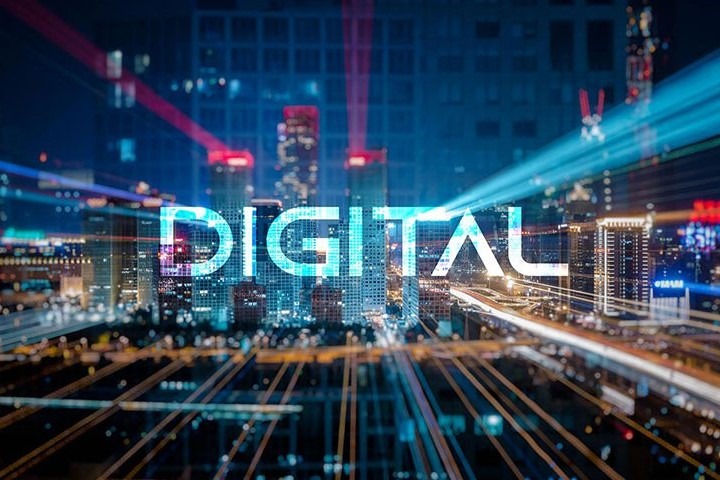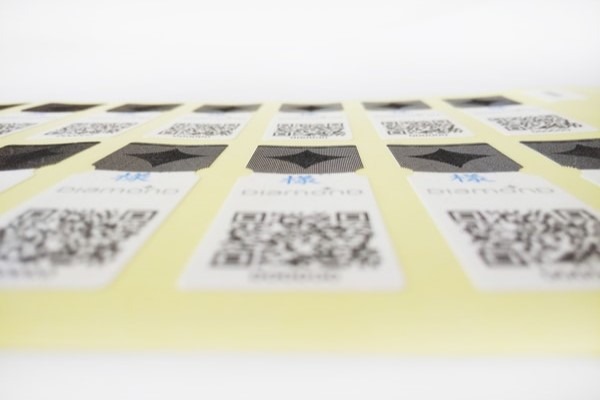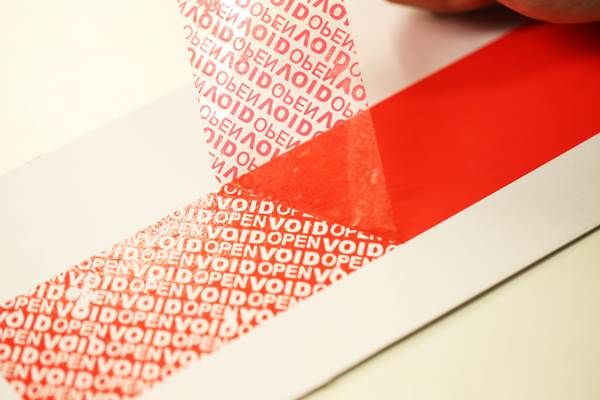Digitisation vs Digtalisation. What Are They?
DIGITISATION VS DIGITALISATION. WHAT ARE THEY?
As the approach of 2020, the digital transformation hype continues to persist, the terms ‘digitization’ and ‘digitalization’ are getting common yet confusing. This question is much deeper than just a question as many people are confused on the importance of digital transformation, while putting their businesses at risk.
Now, these two terms have very different meanings, depending on which authority we are referring to.
DIGITAL VS ANALOG INFORMATION FOR BUSINESS OPERATIONS
Years back before the digital age, things were processed and made through hand and manual courses. Traditional printed newspaper was our primary source of information, but now, we have access to global news with a click of a button. This is due to the continuous evolving network of digital revolution. This process of turning analogue into digital form is called as digitization.
In businesses, digitization is important when dealing with analog information in ‘paper-based’ processes or hard copies of information.
A few other examples of digitisation are as such:
- Traditional bank statements are sent via snail mail but now that it is being sent via e-mail or through phone app.
- Recording and storing patient’s medical information into the computer instead of hand-written files
- Personal identification details are stored into chip based identification cards to replace paper birth certificates to store much more data, safer and convenient.
This transformation from analogue to digital form has helped in ‘green environment’ as we have used less papers and made information more conveniently accessible.
HOW DIGITALISATION MODERNIZE BUSINESS OPERATIONS
While digitisation is the conversion of information and data from manual to digital form, digitalisation is more of the process and how it will impact the society, organisations and businesses.
According to Gartner’s IT Glossary, “Digitalization is the use of digital technologies to change a business model and provide new revenue and value-producing opportunities. It is the process of moving to a digital business.”
The very first changes we see in this is how employees mark their attendance for work. Traditionally, punch card machine and paper punch cards are used to mark the time-in and time-out of an employee but now that it has transformed into fingerprint machines that recognises the employee’s fingerprints to prevent fraud of attendance. Online business management systems have also been introduced to ease the supervision of work processes and completion of tasks of the employees.
While those are the internal transformation that will largely change the operation of an organisation, communication methods with outside parties have also changed from using snail mail and telephone calls to e-mails, direct messaging and online conference calls. Digitalisation is transforming the world of work as the acquisition of digital skills have now become a prerequisite for individual, industry and regional success.
Some other examples of digitalisation are:
- AI cooking machines that automatically cook hot food with minimal help from human being by only needing to replenish the ingredients.
- Self-service checkouts at hypermarkets instead of cashiers
- E-commerce websites to replace pestle and mortar shops.
As digital technologies being implemented into processes and businesses, people’s jobs change. Imagine how a manual process of packaging by human hands are to be replaced with AI arm that can work 24/7 non-stop will impact the quantity and time frame of the whole process.
And now with the latest technology in manufacturing which is the on-line vision system, the product on the conveyor belt will be scanned and all printed information such as QR codes, will be captured through a camera lens and the information captured will be gathered and sent into the system by batches according to the settings set. Faulty products will automatically be separated for manual examination.
This on-line vision system has largely changed the manufacturing industry’s efficiency, production rate and quality control of products especially in mainland China and it has brought big data collection to another level. Since Packtica Sdn Bhd has been offering products and services related to QR codes and data, they do provide the on-line vision system for manufacturers within the ASEAN region too. Besides that, they also offer a huge variety of practical solutions for big data collection, anti-counterfeit, price dumping and parallel import. Check out their products & services HERE.
However, Malaysia might not be on the fast track yet to receive these sets of technology in manufacturing, we must be prepared and accept that big data is the way to go. Businesses that has collections of data will surely be ahead of its competitors.
References
Share Via

You May Also Like
February 6, 2024
QR Code Label
February 6, 2024
Holographics Products
February 6, 2024


